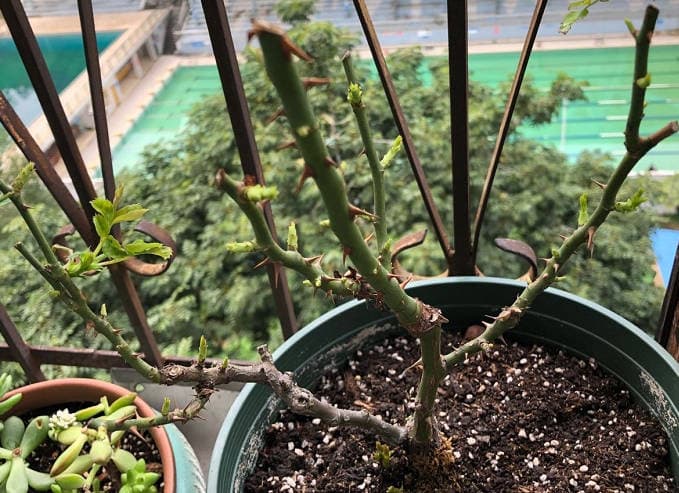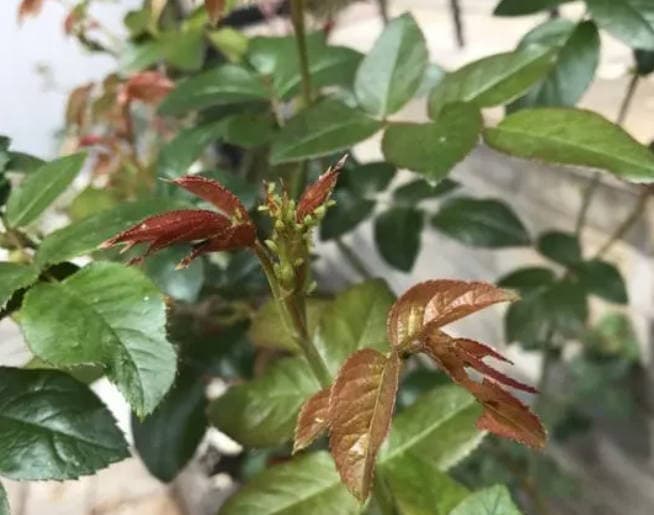How to Prune Rose Buds for More Blooms (2025)
Previously we shared the essentials of early spring rose management, which mentioned the crucial step of bud rubbing (also known as bud removal). Many florists said they weren’t quite sure exactly how to do this, and which buds should be removed. Today, we’re going to explain rose bud wiping tips in detail.

Why do you need to rub buds on roses?
After dormant pruning in the winter, roses sprout a large number of new buds in early spring, especially at the branches, and often four or five buds will appear at the same time. If all of them are allowed to grow, the plant’s nutrient supply will be dispersed, resulting in some buds growing vigorously while others are stunted, or even forming blind buds (new shoots that are unable to bloom). This not only affects the aeration of the plant, but also wastes valuable nutrients.

Therefore, we need to screen the buds when they first sprout, removing the weak buds and ensuring that nutrients are supplied centrally to the strong buds, promoting better flowering. This is similar to how certain birds in nature will preferentially feed their stronger young to optimize resource allocation.
Which bud points need to be removed?

The best time to obliterate buds is in early spring when roses are sprouting heavily. This is especially true for potted roses, where nutrients are limited, and for in-ground roses, where nutrients are more plentiful, but proper wiping of the buds will still help the plant to grow more healthily.
1. Cluster of buds at the branches

In early spring, it is common for roses to have multiple buds sprouting from the branches at the same time (see below). Some of these buds are strong and full, while others are weak or stunted.

Treatment:
Retain the strongest buds (which are usually full-bodied and fast-growing).
Remove the weak, slow-growing buds (to avoid the formation of blind branches at a later stage).
Example:
In the diagram below, the bud point marked by the green arrow is more robust and should be retained;

The buds marked with red arrows are smaller and are recommended to be removed.
2. Stunted buds
Sometimes the buds at the top of a rose branch may be slowed down by improper pruning or thinning of the branch, while the buds below are more robust.

Treatment:
If the apical bud point is obviously weak, remove the weak apical bud by pruning directly above the strong bud point.
Ensure that nutrients are concentrated on the strong buds.
3. Twin buds (double buds)

Twin buds are two new shoots (like “twins”) that sprout from a single bud point at the same time. If both are retained, the nutrients are dispersed and the branches are weak.

Treatment:
Remove the weaker one at the bud point and keep the stronger one.





